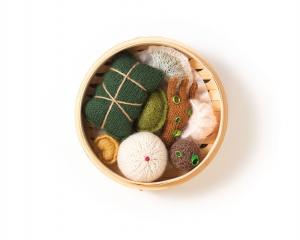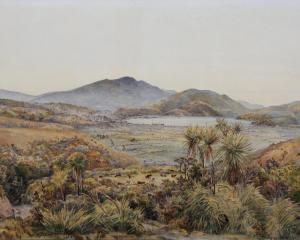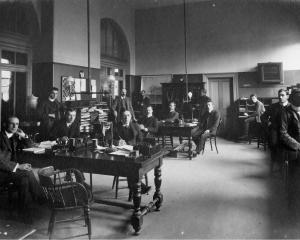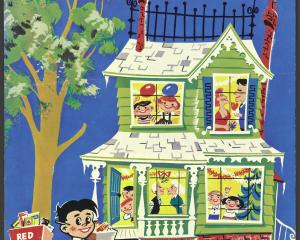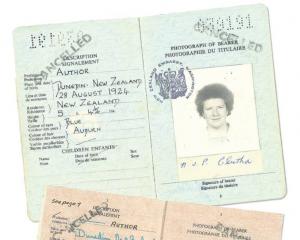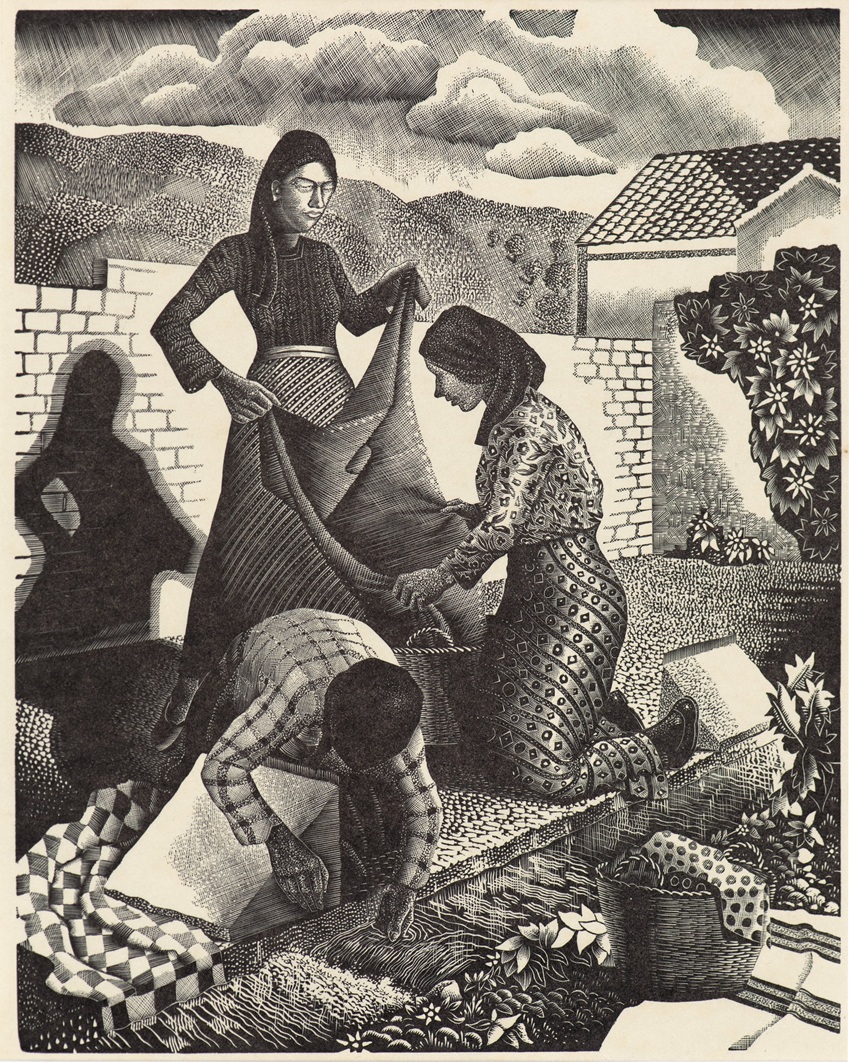
Established by Iain Macnab in 1925 in Pimlico, central London, the Grosvenor School of Modern Art is celebrated for its role in reviving an interest in printmaking in Britain in the 1920s and 1930s, specifically the linocut. A painter and engraver, Macnab believed in the importance of a composition carrying a sense of movement, and the linocut offered a medium that could do this effectively through repetitive parallel lines.

Chadwick was born in Jamaica in 1912, his family returning to England in 1916. He studied at the Grosvenor School of Modern Art from 1932-36. From 1932-38, Chadwick produced several wood engravings while also working on commercial projects as an illustrator. He was a member of various societies in the 1930s, including the National Society of Painters, Sculptors and Engravers (1933), the Royal Society of British Artists (1935) and the Society of Artist-Printmakers (1936).
In 1939, Chadwick joined the 3rd (The King’s Own) Hussars, a cavalry regiment of the British Army, serving in Greece and North Africa during World War 2. He was killed in action at the Battle of El Alamein in 1942, aged 30. While Chadwick’s life was tragically cut short, he developed a reputation as an exceptional engraver who produced highly complex and detailed compositions. Iain Macnab referred to Chadwick as his "most brilliant student".
Operating in parallel to the Grosvenor School was London’s Redfern Gallery, established in 1923. The underlying objective of Redfern Gallery was complementary to the Grosvenor School - "to promote printmaking through commissioning editioned prints by leading British artists of the time". Born in Aotearoa, Sir Rex Nan Kivell (1898-1977) joined the Redfern Gallery in 1925, becoming the director in 1931.
Chadwick’s Wayside laundry (1935) sits within a large group of British prints that were gifted to the Dunedin Public Art Gallery by Kivell in 1953, other substantial holdings also gifted to Christchurch Art Gallery Te Puna o Waiwhetū, Museum of New Zealand Te Papa Tongarewa and Auckland Art Gallery Toi o Tāmaki.
Produced during Chadwick’s time at the Grosvenor School, Wayside laundry (1935) is on display in "Reviving the Print: The Grosvenor School of Modern Art", showing at the Dunedin Public Art Gallery until September 7.
• Lauren Gutsell is a curator at Dunedin Public Art Gallery.

